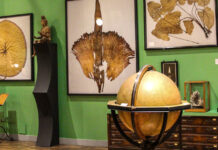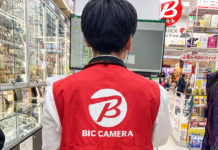You may not have heard of ‘Mingei’ (Japan’s folk crafts movement) if you’re new to Japanese culture and history. Although it seems a little niche, your time in Japan will likely open your eyes to the value of crafts – specifically folk crafts – in Japanese society. There’s no better place to start your journey than at the Japan Folk Crafts Museum, in Tokyo.
Every culture has crafts – in the west (and specifically in Europe and parts of North America), the late 1800s and early 1900s saw the birth and proliferation of the ‘Arts and Crafts’ movement. Arts and Crafts refers specifically to the creation of domestic wares, from architectural styles to furniture and daily living implements. Mingei and Arts and Crafts aren’t ‘a version’ of each other; both took form independently in Japan and the west, as the natural response of aesthetes and makers to the rapid pace and scale of industrialisation within manufacturing. Both the Mingei and Arts and Crafts movements elevate the inherent beauty and value of handmade items above the soulless mass production of lower-quality goods.
In Britain, the Arts and Crafts movement was spearheaded by the immensely popular designer William Morris, whose print designs are still widely produced today. Japan’s Mingei movement, by contrast, was less commercial at its inception, and was pinpointed by the philosophies and craftworks of three men: art critic and philosopher Yanagi Sо̄etsu, ceramicist Kawai Kanjirо̄, and ceramicist Hamada Shо̄ji. Mingei’s international reach was also solidified by the close relationship of Yanagi Sо̄etsu with the English studio potter, Bernard Leach.
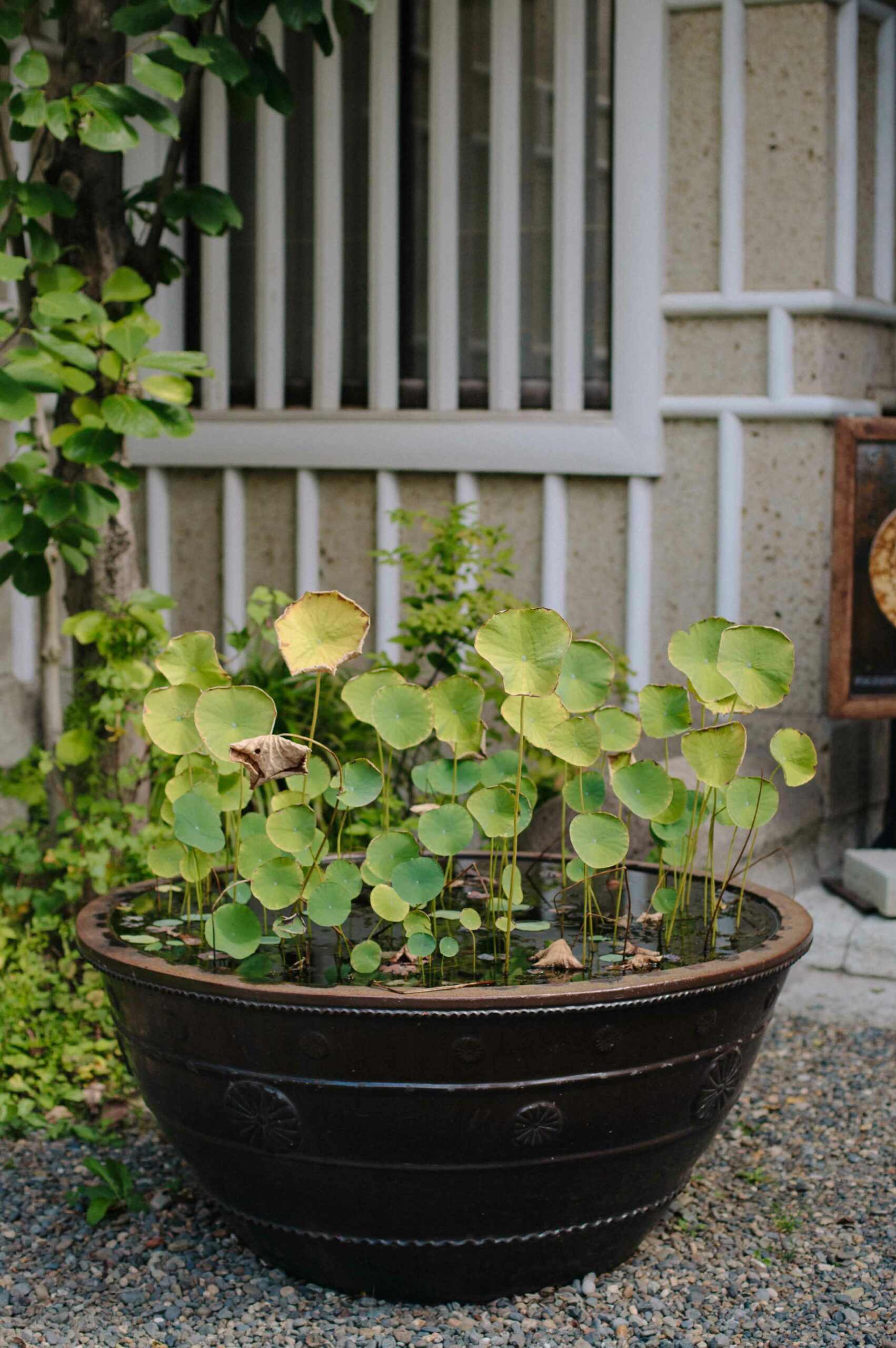
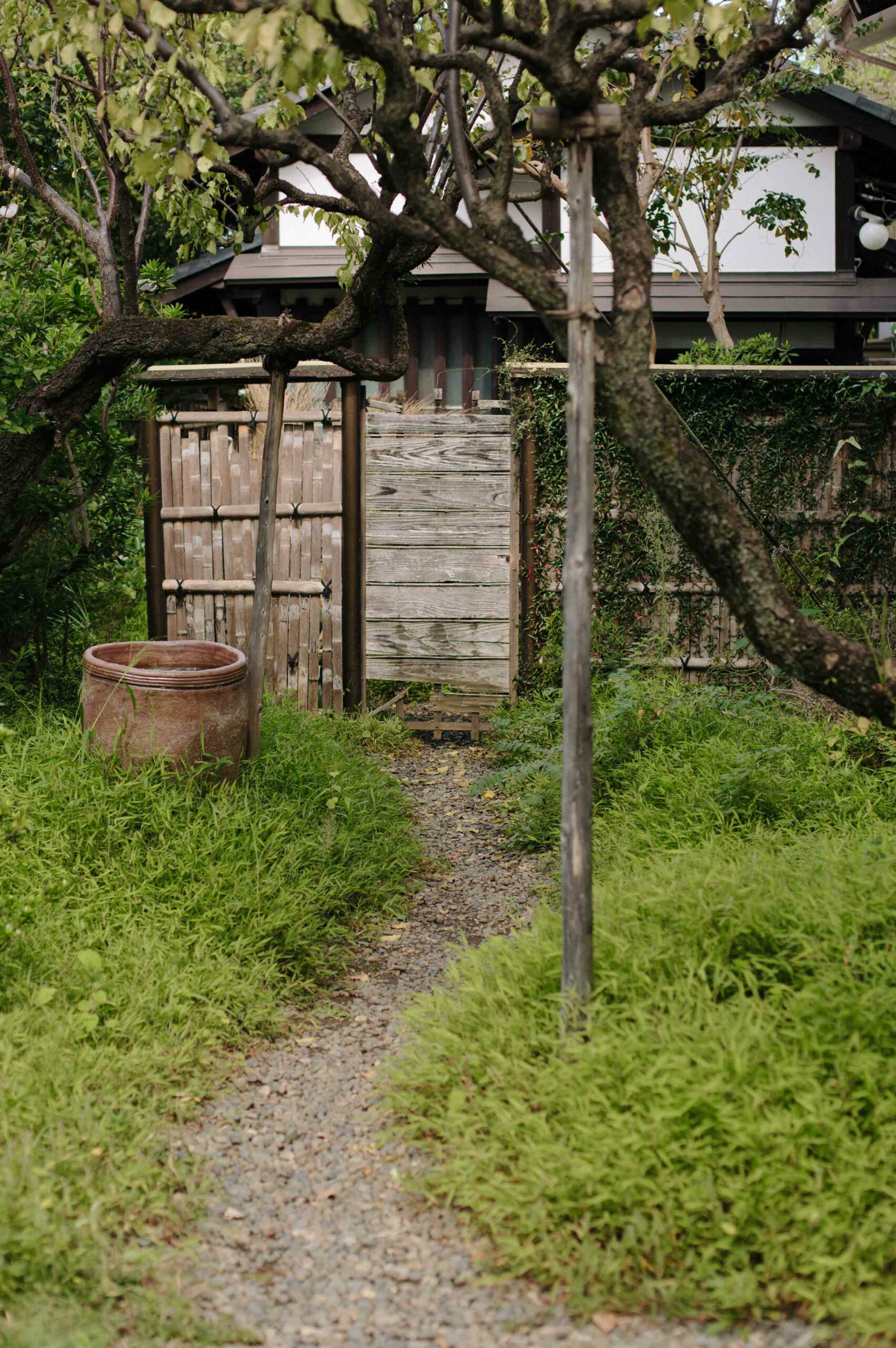
Yanagi Sо̄etsu coined the term ‘Mingei’ in the 1920s, and the word is a contraction of ‘minshū-teki kōgei’, which roughly translates to ‘handcrafted art of regular people.’ Yanagi’s initial forays into the world of handmade wares took place in Korea in 1916 (before the country was divided), and culminated in the creation of the Korean Folk Crafts Museum (a predecessor to the Japan Folk Crafts Museum), in 1924. Shortly after this, Yanagi set about hurriedly collecting pots, furniture and homewares throughout Japan. His interests weren’t in the high arts, though; he only wanted ‘everyday items’, made and used by ‘commoners’ (as opposed to fine items made by artisans for use by the elite). Japan’s Meiji period (1868–1912) was a time of rapid industrialisation and westernisation, and Yanagi sensed that unless he set about gathering items to conserve in collections, the humble craft skills of everyday people would be lost to the ages.
Besides gathering pre-existing crafts, the Mingei movement also focused on the making of such items. Ceramicists Hamada Shо̄ji and Kawai Kanjirо̄ both attended the Tokyo Industrial College at the same time, and were the only two students who had dedicated themselves to becoming ‘artist-potters.’ The three mens’ paths naturally converged due to their aligned interests and philosophies, and the Mingei movement began in earnest in pursuit of creation, as well as curation. Yanagi, Kawai, and Hamada all maintained a lasting relationship with the aforementioned Bernard Leach, who was in the process of creating ‘Standard Ware’ – now the best representation of 20th-century studio pottery in England.
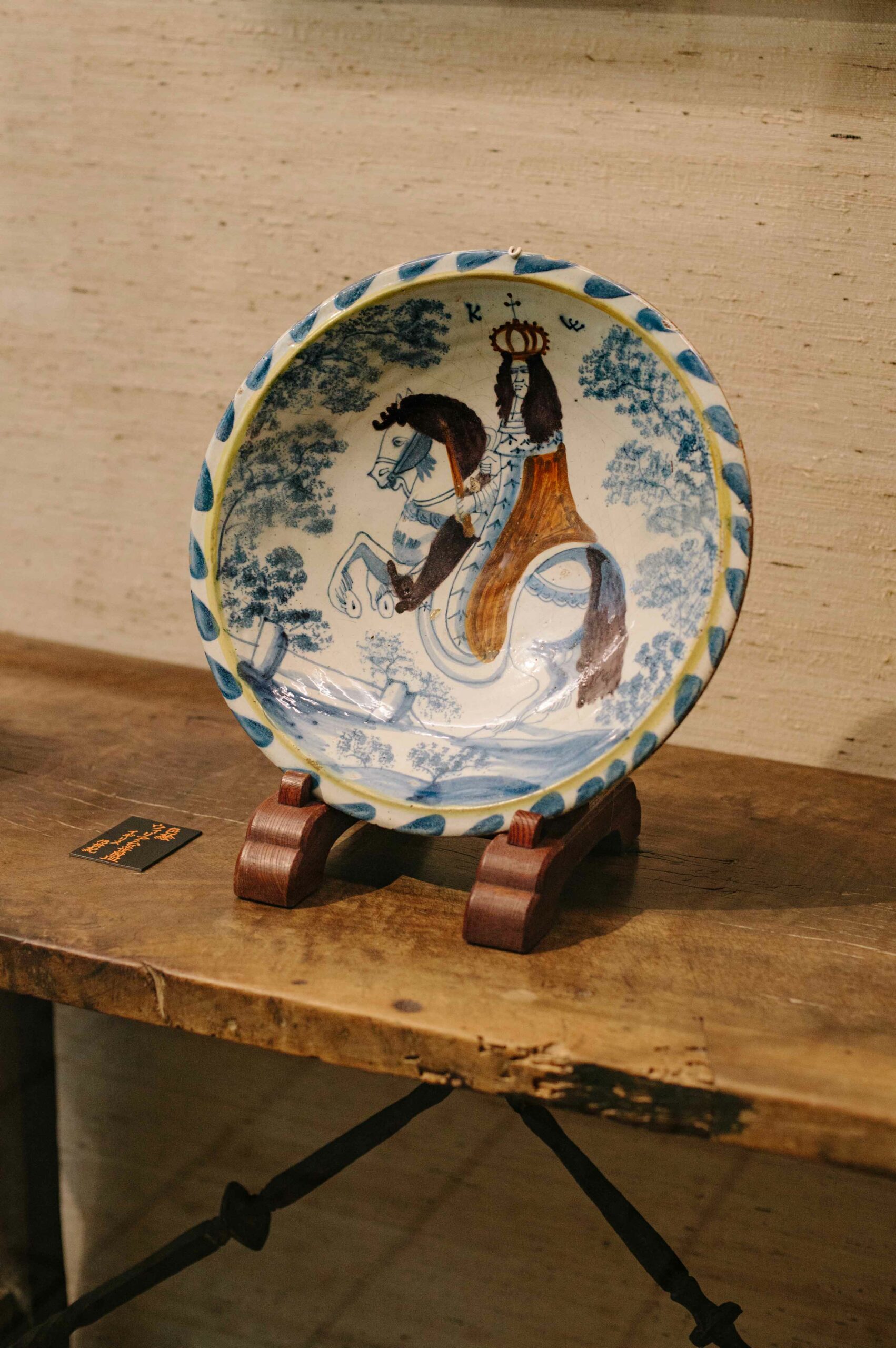
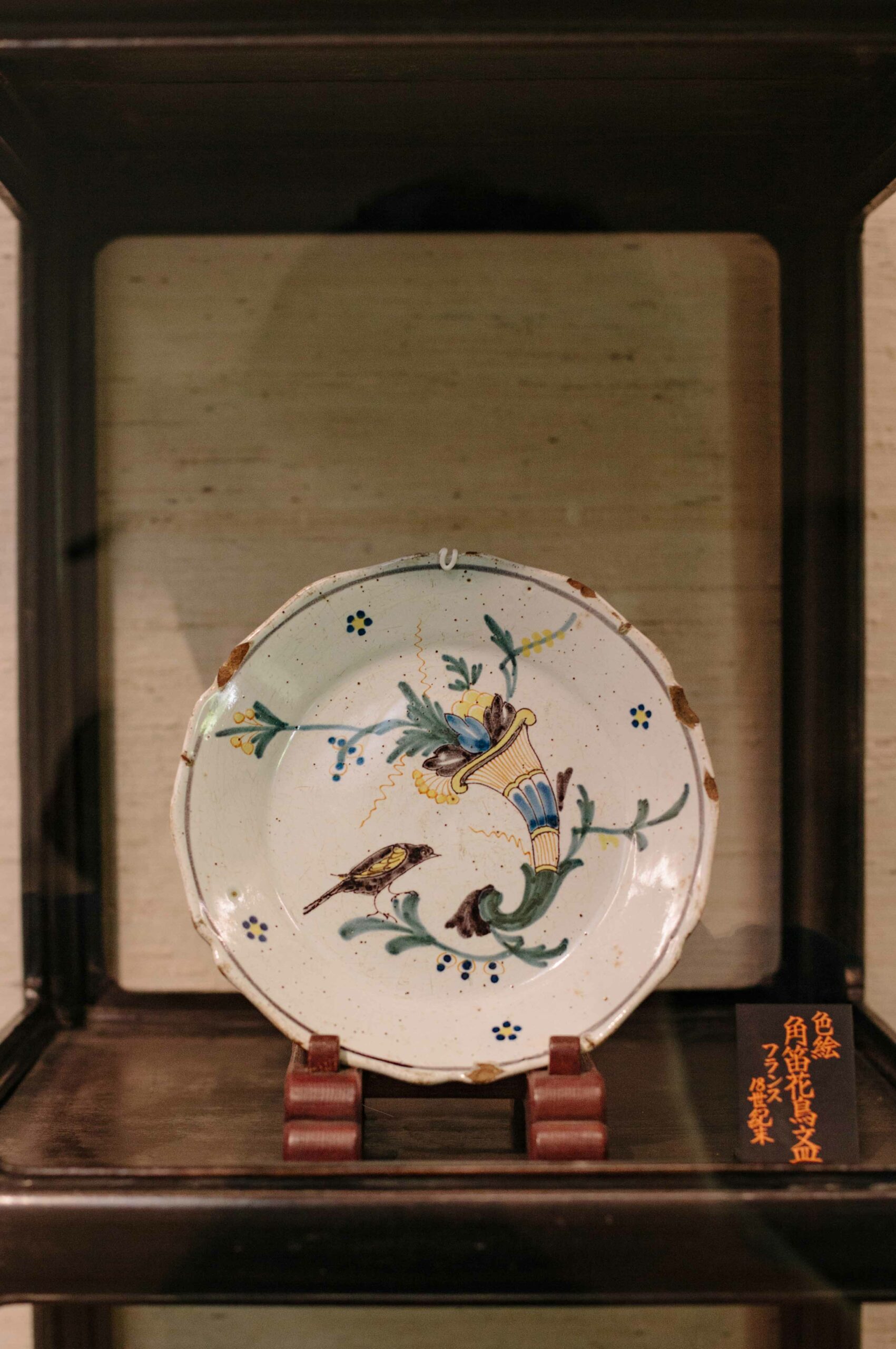
One hundred years after the creation of the Korean Folk Art Museum, the Mingei movement remains a crystallisation of a wider desire, across cultures, to maintain the integrity and innate value of simple, handmade wares. Visitors to Japan are spoiled for choice: as well as Tokyo’s Folk Crafts Museum, they can visit Osaka’s Folk Crafts Museum, the home and studio of Kawai Kanjirо̄ in Kyoto and an entire ‘ceramics village’ in Mashiko, where Hamada Shо̄ji spent much of his working life.
For fans of all kinds of crafts, interiors, and handmade objects, a visit to the Japan Folk Crafts Museum in Tokyo is the most perfect way to spend a day. The museum building itself, built in 1936, honours the spirit of folk crafts, down to every last roof tile and floorboard. Opposite the museum itself (referred to as the ‘main hall’) is Yanagi Sо̄etsu’s former home (referred to as the ‘west hall’ or ‘Yanagi residence’). Yanagi’s home is only open to the public on the second and third Wednesday and Saturday of every month. It’s worth prioritising these open days if you plan to visit, as the Yanagi residence offers free entry to museum ticket holders.
The worst thing about the Japan Folk Crafts Museum is, somehow, also the best: except for one small room, visitors aren’t allowed to take photographs inside the museum or the Yanagi residence. It’s maddening at first, because the exhibitions are so visually sumptuous and tactile that taking photographs feels almost essential – who would want to forget these things? However, true to the spirit of Mingei, being forced to put your phone or camera away allows you to truly appreciate the works on display; to sit with them, to look long enough and from as many angles as possible in order to absorb them on a more meaningful level. It’s unavoidably the case that words can’t fully do the museum’s collected works justice; but even photographs can’t do it perfectly. The rich, warm wood tones and neutral plaster walls perfectly complement the handmade furniture items and the wooden and glass cabinets housing exhibition pieces. The atmosphere is almost a capsule of perfection; a self-contained world of aesthetic and material integrity.
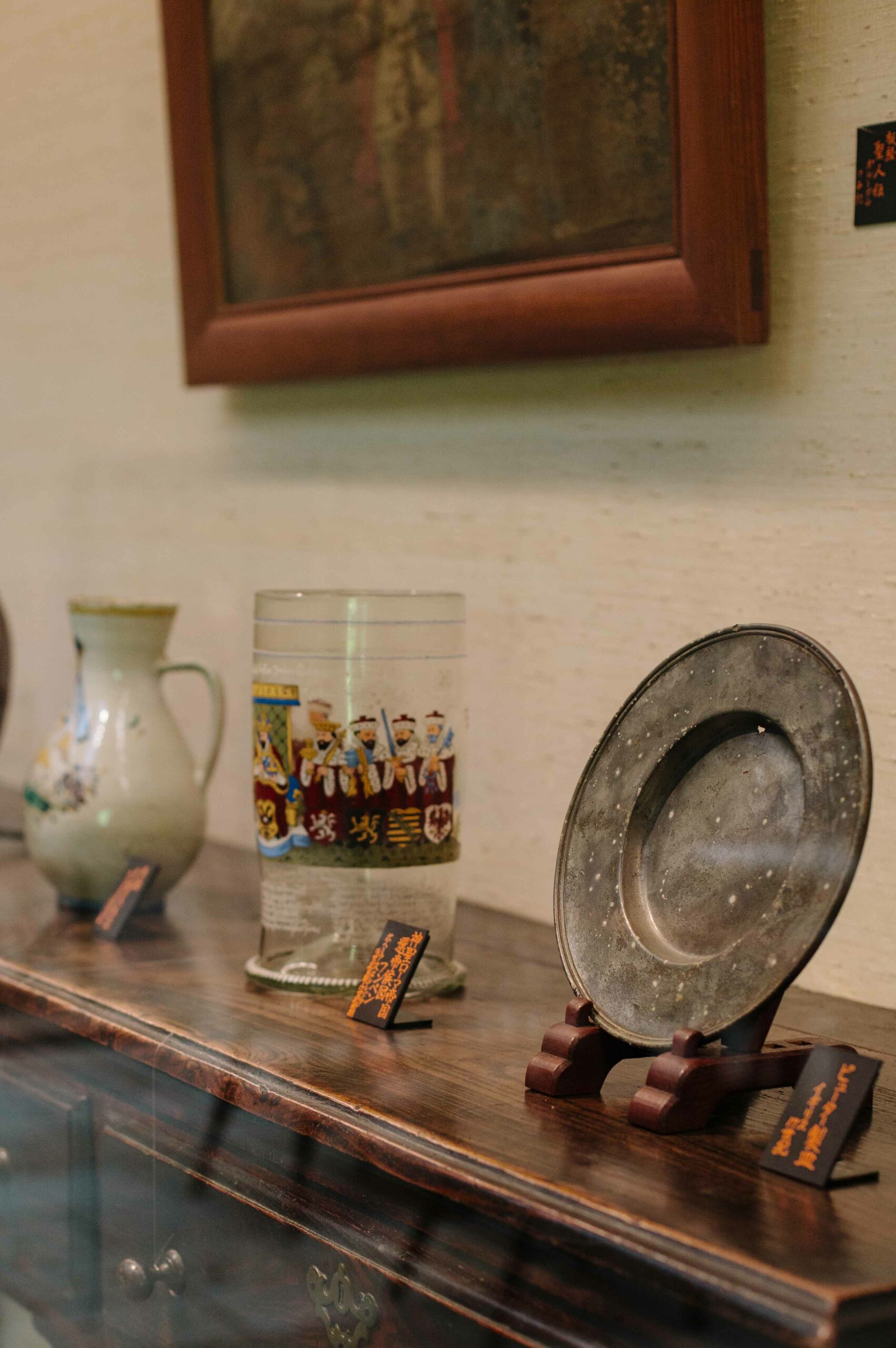
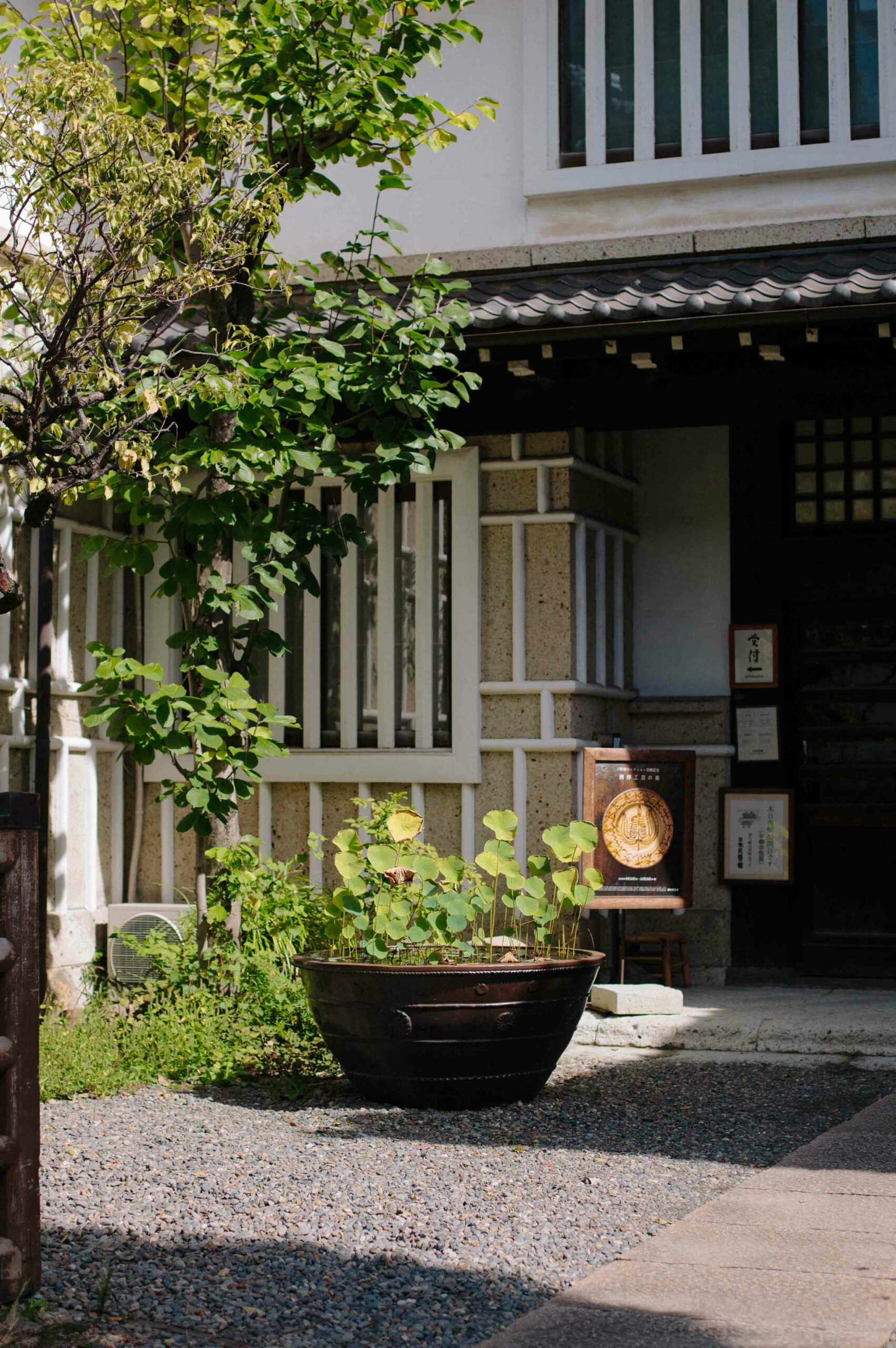
Fortunately, the Japan Folk Crafts Museum’s website offers some images (click on the blue numbers) of the main hall and west hall interiors. Again, the images can’t do the space justice, as cameras can’t replicate the depth and warmth of tone created by these organic materials, housed in naturally-lit environments.
While the museum has a single room on its upper storey housing a permanent (and photographable) collection, the remaining rooms within the museum are used for seasonal exhibitions. This article was written after visiting ‘The Beauty of European Handicrafts’ exhibition in October 2023. A wide range of themes have been covered in past exhibitions, all of which the museum has documented on their website. These exhibitions serve as a reminder that, while Mingei is a Japanese movement, folk crafts exist within all of the world’s wide and varied cultures. It’s a strange thing to see an everyday item from your home country’s history given pride of place in a revered Japanese museum, but it also reintroduces a sense of admiration for the care and nuance of the handmade, instead of the industrial.
This leaflet details both the ‘thematic’ and ‘special’ special exhibition layouts within the Japan Folk Crafts Museum. The ground floor is dedicated to the folk crafts of countries and cultures outside of Japan, including pre-division Korea, Okinawa (Ryūkyū Kingdom) and works of the Ainu indigenous communities of Hokkaido. Additionally, this area houses textile works from all over Japan, offering an insight into the vast variety of idiosyncratic and regional weaving traditions.
The upstairs area houses the ‘special’ exhibitions, which during October 2023 included exhibits from England, France, The Netherlands, Germany and Italy, with a few pieces from Greece, Macedonia and the Caucasus mountain region. The works were stunning examples of English ‘slipware’ ceramics, western European agricultural implements and French, English, and Dutch furniture.
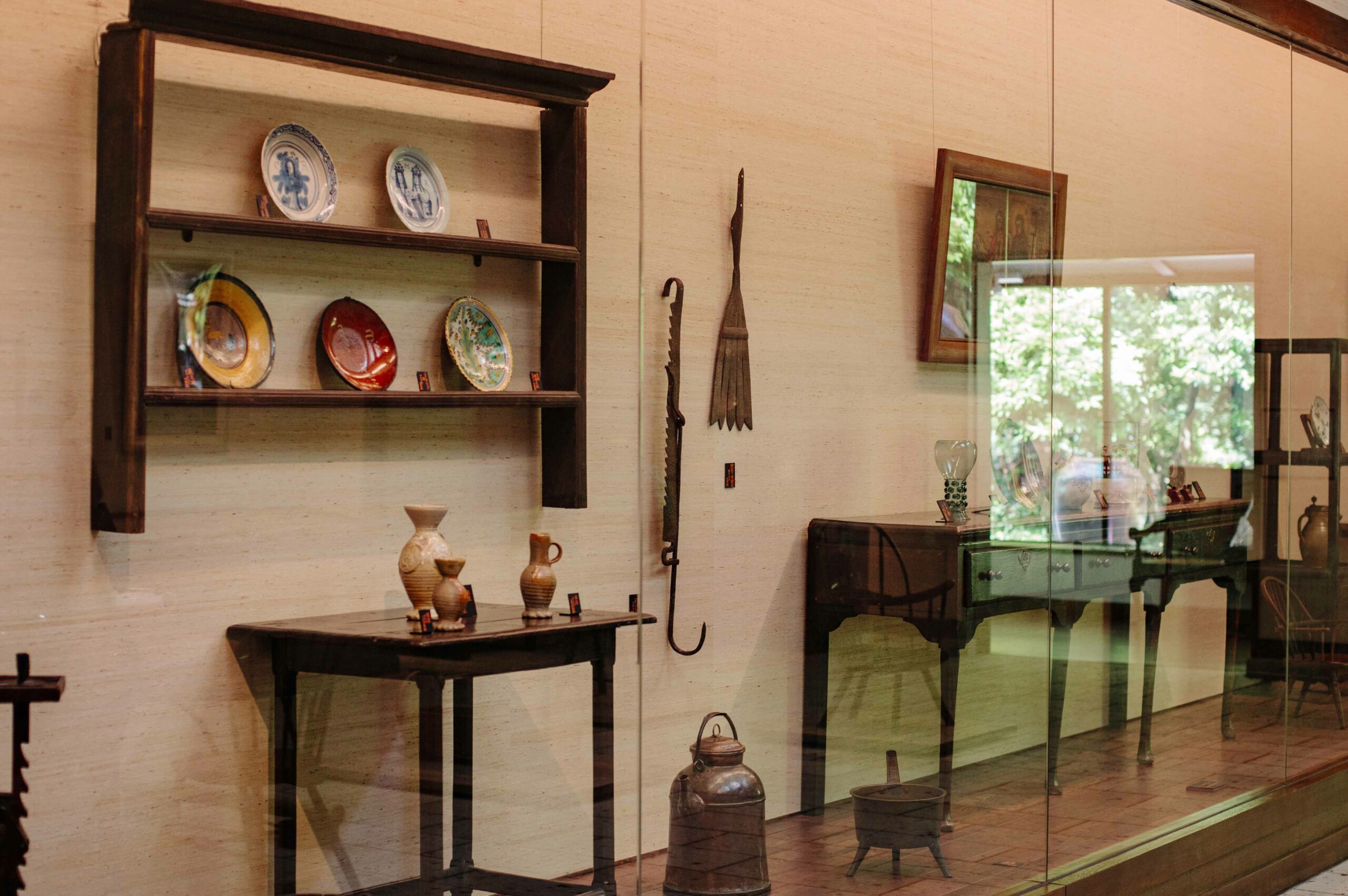
Normally, being excited about exiting through the gift shop is unlikely. Not here, though! The Japan Folk Crafts Museum shop is, true to form, a wonderland of Japanese and European ceramics and textiles, all of them handmade and true works of folk craft. From inexpensive postcards to intricate pottery, there’s something for every Mingei and craft enthusiast here. Best of all, the museum shop is home to the most extensive collection of Mingei-themed literature anywhere in the world. The museum’s own publishing imprint sells everything from essays on the topic of Mingei and philosophy, to the collected letters sent between Yanagi Sо̄etsu and Bernard Leach. There are plenty of English language books on offer, as so much of Japan’s Mingei philosophy was influenced by friendships between Yanagi, Kawai and Hamada and Leach.
Opposite the Japan Folk Crafts Museum, the Yanagi residence offers an ideal location to see ‘folk crafts in context.’ Yanagi Sо̄etsu created his domicile with the same care and attention afforded to the Japan Folk Crafts Museum, and it remains a complementary space. Downstairs, a music room has been converted into a screening room, with a short documentary film playing on loop. The film is subtitled in English and offers fascinating insights into the early days and formative sentiments of the Mingei movement.
Once again, photographs are not permitted in the Yanagi Residence; but this allows for a more intimate and relaxed atmosphere. No selfie sticks and camera clicks, no tourists waiting in ire for you to move out of their shot; it really is better this way. Yanagi’s home has been preserved with great care, and has a quiet, peaceful atmosphere. However, it doesn’t quite hold the same sense of warmth and familiarity as the house-turned-museum of Kawai Kanjirо̄, in Kyoto, which fosters an uncanny feeling that Kawai himself might walk in and sit down with his favourite book at any moment.
Japan’s Mingei movement is as relevant and valuable now as it was at its inception. Modern life has all of us adrift in a sea of mass production, poor quality, and lost skills. Through Mingei and all folk crafts, we are better able to slow down, focus, and appreciate the beauty of everyday things.
Access:
Mingeikan has their own access page with instructions on how to reach the site, depending on where your starting point is. The Mingeikan is also a short walk from the Former Residence of Marquis Maeda; an uncanny European and Japanese home reminiscent of Studio Ghibli’s ‘When Marnie Was There.’
Name: The Japan Folk Crafts Museum (Tokyo Mingeikan)
Address: 4-3-33, Komaba, Meguro-ku TOKYO
Open: Main Hall (the museum itself): 10:00am – 5:00pm, all week except Mondays and installation periods.
During open days, Yanagi’s Residence is open from 10:00am – 4:30pm, on the second and third Wednesday and Saturday of every month, during the museum’s opening time (the residence will be closed when the museum closes for installation).
Admission: ¥1,200 for adults
Website: https://mingeikan.or.jp/?lang=en
Further reading (or advance reading) for those wanting to know more about Mingei, The Beauty of Everyday Things (Yanagi, Soetsu – Penguin Classics, 2018) is widely available, and a great place to start.
Japan has multiple places to visit if Mingei is your thing. There’s the Japan Folk Crafts Museum in Osaka, Kawai Kanjirо̄’s former home and pottery studio in Kyoto, the Kurashiki Mingeikan in Okayama, and the whole town of Mashiko, where potter Hamada Shо̄ji lived and worked.
Post by Japan Journeys.






